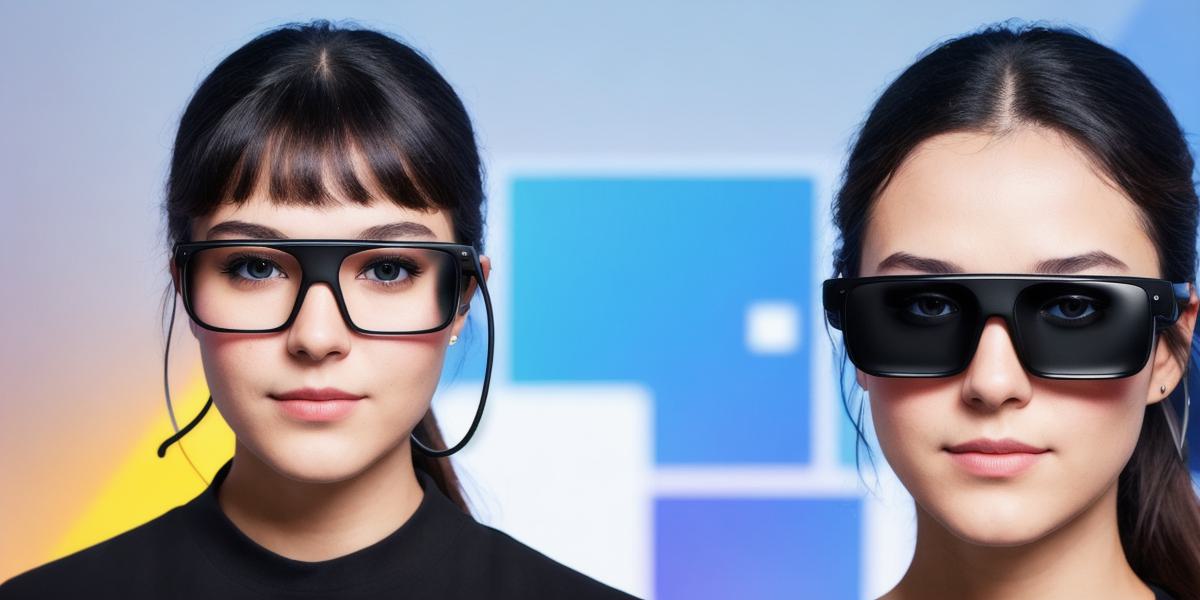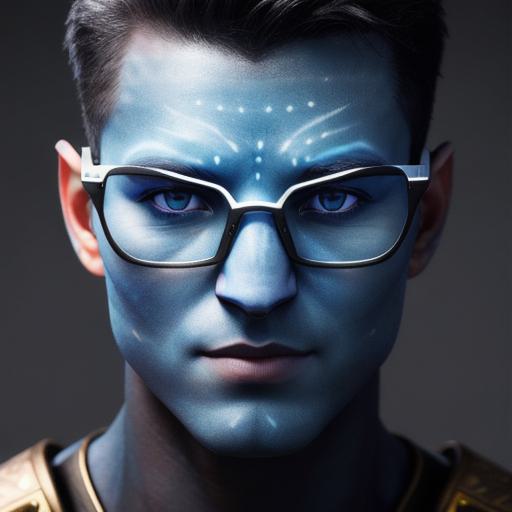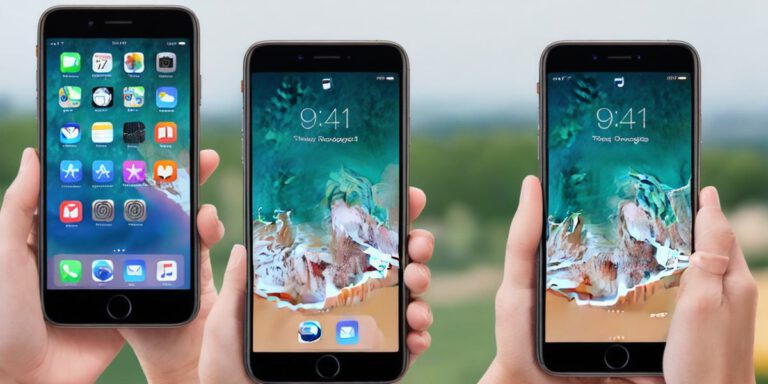How ARKit Face Tracking Works: A Comprehensive Guide for Developers

Introduction:
Augmented reality (AR) technology has taken the world by storm, and ARKit is one of the most popular AR development frameworks out there. With its powerful face tracking capabilities, ARKit allows developers to create immersive experiences that seamlessly blend the virtual world with the real one. In this article, we’ll explore how ARKit face tracking works and provide practical tips for using it effectively in your AR applications.
I. Understanding Face Tracking in ARKit
A. What is face tracking?
Face tracking is a technique that allows AR applications to accurately detect and track the position of a user’s face in real-time. This information can be used to create personalized experiences that respond to the user’s movements and expressions.
B. How does ARKit implement face tracking?
ARKit uses machine learning algorithms to analyze video feeds from the device’s camera to detect facial features. These algorithms then use this data to track the position of the user’s face in real-time, providing developers with a powerful tool for creating immersive experiences.
II. Best Practices for ARKit Face Tracking
A. Optimizing your app for face tracking

To ensure that your ARKit application is optimized for face tracking, you should focus on the following factors:
- Camera quality: Make sure that your device’s camera is of high quality and has a wide field of view. This will help to capture more facial data and improve the accuracy of face detection.
- Lighting conditions: Avoid using ARKit in low-light environments, as this can make it difficult for the machine learning algorithms to accurately detect facial features.
- User interface design: Design your user interface to be intuitive and easy to use, with clear visual cues that guide the user’s attention to the most important elements of the experience.
B. Common face tracking pitfalls to avoid
While face tracking can be a powerful tool for creating immersive AR experiences, it’s not without its challenges. Here are some common pitfalls to avoid when using ARKit:
- False positives: Face tracking algorithms can sometimes produce false positives, where the system mistakenly identifies an object or person as a face. To mitigate this issue, you should use techniques like background subtraction to remove non-facial objects from the camera feed.
- Accuracy issues: Face tracking algorithms may not always be completely accurate in detecting facial features. This can lead to issues with head tracking and other aspects of your AR application. To address this issue, you should consider using multiple cameras or sensors to cross-check your face detection data.
- User privacy concerns: Face tracking technology can raise concerns about user privacy. Be transparent with your users about the data that your app is collecting and how it’s being used. Additionally, make sure that you’re complying with any relevant regulations, like GDPR or CCPA.
III. Real-World Examples of ARKit Face Tracking in Action
A. Pokémon Go
Pokémon Go is a prime example of how ARKit face tracking can be used to create immersive and engaging experiences. By using the device’s camera to detect the user’s face, Pokémon Go is able to create a personalized experience that responds to the user’s movements and expressions.
B. Snapchat Filters
Snapchat filters are another great example of how ARKit face tracking can be used for fun and creative purposes. By overlaying virtual objects onto the user’s face, Snapchat filters allow users to transform their appearance in real-time.
Summary:
ARKit face tracking is a powerful tool that allows developers to create immersive experiences that seamlessly blend the virtual world with the real one. While there are








